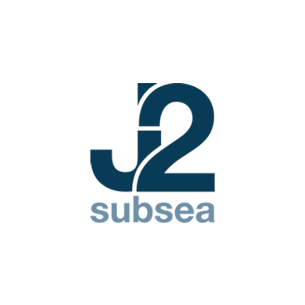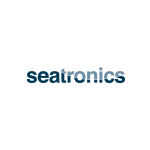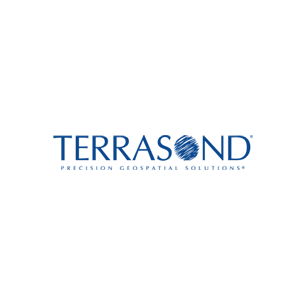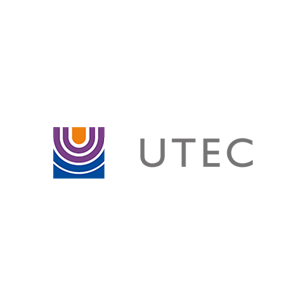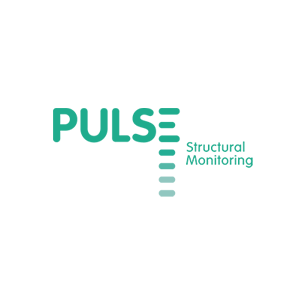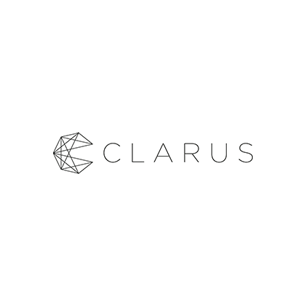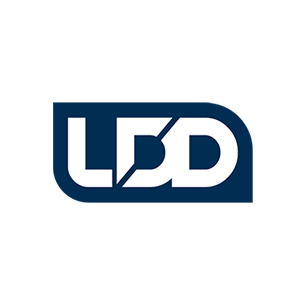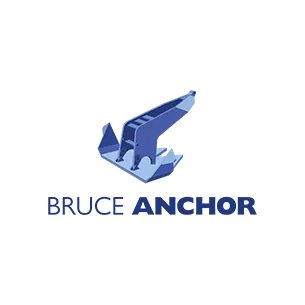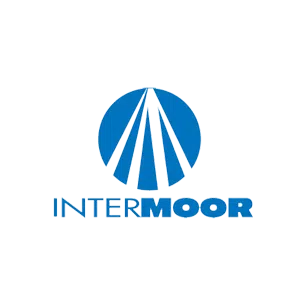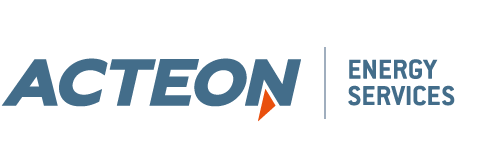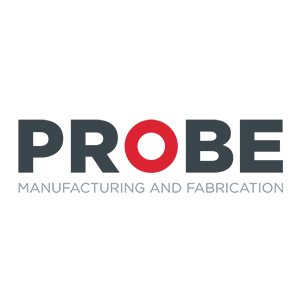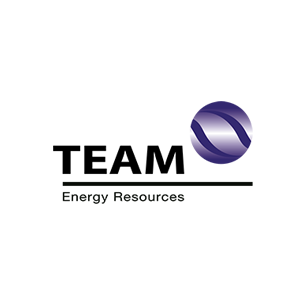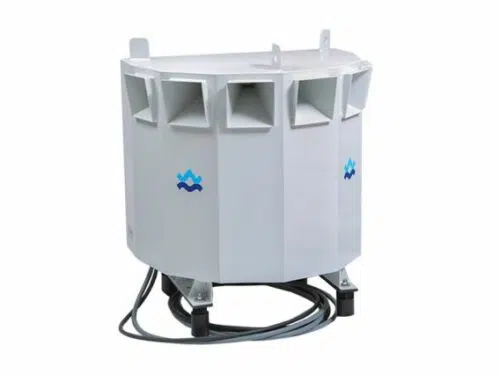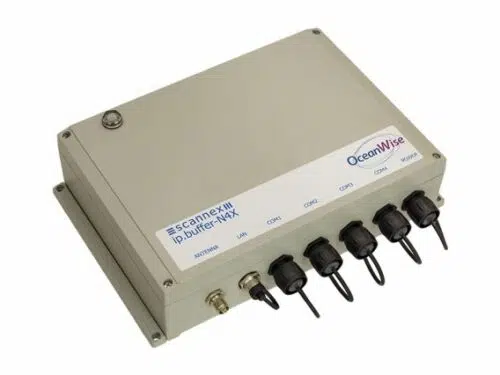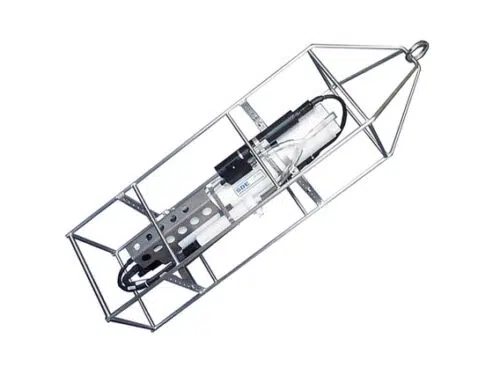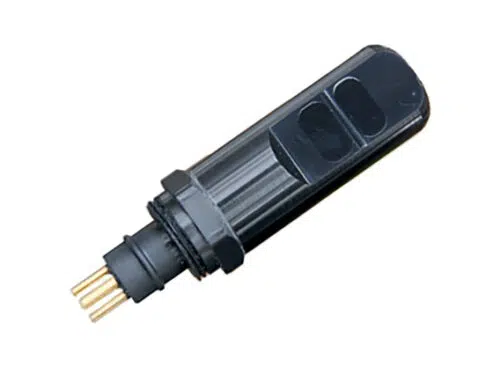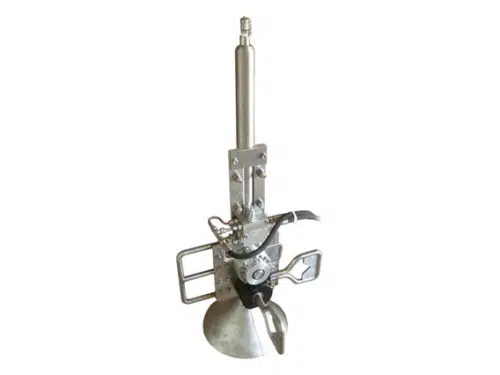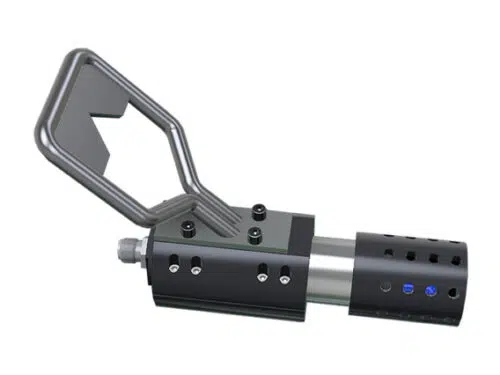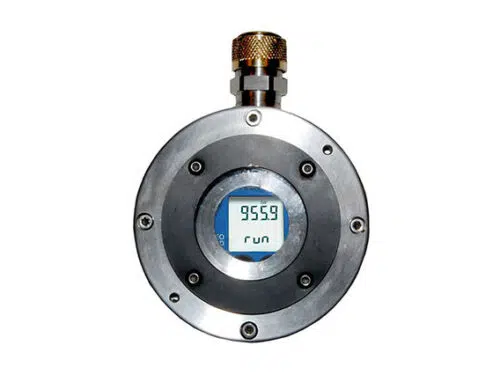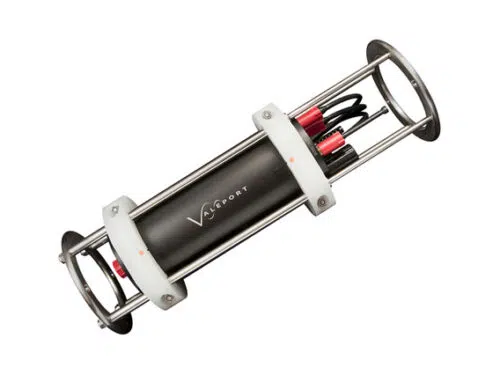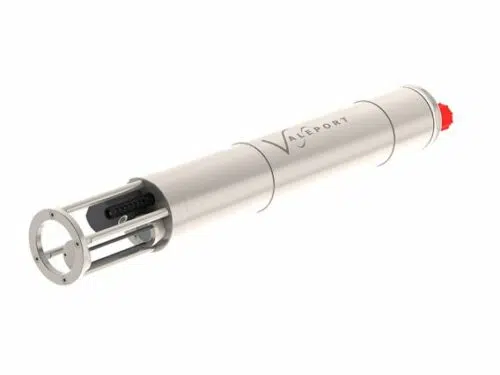Acteon Equipment sales & rental Electronics & Tooling MetoceanMultiparameter Sensors
Multiparameter Sensors
Return to MetoceanSearch products
X Products selected
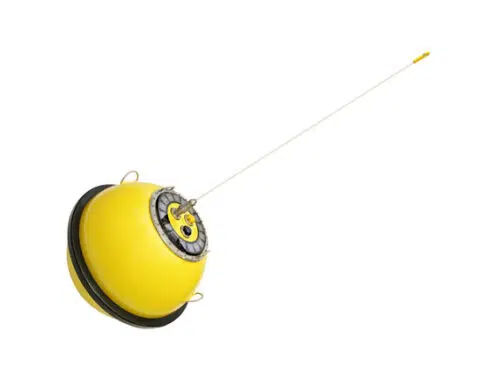
The Directional Waverider hardly needs any introduction: it is the world’s standard for measuring wave height and wave direction. Its success is due to the proprietary well-proven and accurate Datawell stabilized platform sensor, enabling wave height measurements by a single accelerometer. For the wave direction, direct pitch and roll measurements are performed needing no integration. In combination with horizontal accelerometers and a compass this forms the complete sensor unit, the heart of the instrument.
- Real time measurement of wave height with half hourly heave and directional spectra updates.
- HF link up to 50 km over sea. The proprietary Datawell HF link module is easy replaceable if a different transmission frequency is required.
- LED flash light integrated in the top of the antenna increasing the buoy’s visibility.
- GPS receiver for buoy positioning has now become a standard feature of the DWR-MkIII, and facilitates its retrieval.
- Integrated data logger based on the latest flash card technology.
- A water temperature sensor in the mooring eye providing sea surface temperature
- High capacity primary cells operating reliably and safely under all wave conditions and weather circumstances for up to three years without replacement.
- Built-in energy meter reports an accurate estimation of the remaining operating life.
RX – C Receiver
The RX-C is a dedicated HF link receiver that supports all Datawell Waverider buoys fitted with the standard HF transmitter.
In the RX-C, a programmable digital frequency synthesizer makes it possible to manually select the reception frequency in 100 Hz steps.
This allows reception of any frequency between 25.5 and 35.5 MHz by the touch of a button.
RX – D Receiver
The RX-D is a dedicated HF link receiver that supports all Datawell Waverider buoys fitted with the standard HF transmitter.
The RX-D is tuned to a single frequency by a crystal. The crystal can be custom made to allow reception of any frequency between 25.5 and 35.5 MHz. The receiver is normally tuned at the factory but can be retuned later by Datawell to allow reception of other frequencies.
The RX-D is especially designed for single buoy applications or for use on fixed receiving locations where the reception frequency does not have to be changed often.
The SM-050 Wave and Current Radar is a unique high-performance remote sensor for measurement of directional wave spectra and surface current. It is the only sensor which utilizes dual-footprint pulse Doppler method for wave measurements, and microwave dual frequency method for measuring surface currents.
The sensor provides excellent quality wave-spectrum and -parameter data. The accuracy of which has been verified in a number of independent comparisons.
The SM-050 enables data to be easily and securely accessible both locally and remotely by utilizing modern IoT technologies.
The sensor has proved its ruggedness and reliability through years of service in extreme weather conditions, including heavy precipitation, all over the world.
- Embedded data processing and WEB-server
- Easy data access, locally and remotely
- No parts submerged in water
- High reliability
- Low maintenance cost
- For fixed and floating installation
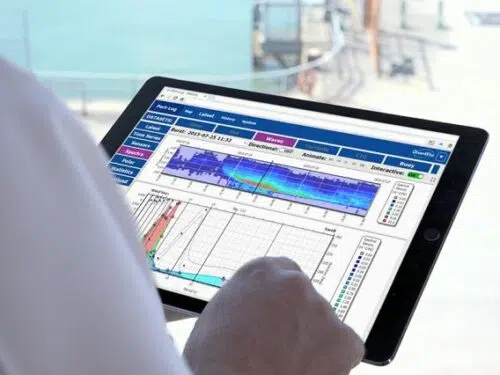
Port-Log System is a complete storage and publishing solution for environmental data acquired by different monitoring techniques and sensors.
Port-Log delivers environmental data from anywhere to anyone.
Port-Log allows your data to be viewed, downloaded, shared and disseminated by range of different users with varying access and security rights. Data is decoded, stored safely and provided in comprehensive web displays providing immediate and interactive access to your data.
Port-Log can be delivered as either a cloud based or installed system. Totally instrument independent, it is robust and flexible and recognises data inputs from a wide range of different sensors.
The display can be tailored to your requirements and there are several connectivity extensions available which allow data sharing to recipients unable to access the standard web pages including; remote vessels or devices, third-parties, external or internal software and applications.
- Off-the-shelf real time capability
- Cloud-Based OR installed on your own servers
- Easily share, view, disseminate and publish your data
- Easy-to-use web-based display system
- Foundation for environmental data management across your business
Port-Log.net is a quick and easy on-line storage and publishing solution for environmental data acquired by different monitoring techniques and sensors.
The ip.buffer range of smart telemetry units offer powerful and cost-effective solutions for the collection and transmissions of metocean data. The units are manufactured by leading telecommunications technology provider Scannex, and specially adapted by marine data experts OceanWise to meet the requirement of the most demanding marine environments.
“We are extremely happy with the performance of the ip.buffer. We are not aware of any other modem being able to preform to this standard”. Dr M Osborne, OceanWise.
- Smart telemetry with reliability built in
- Fail-safe and dependable
- Multi-sensor data on any device
- Delivers real-time information
The SBE 19plus V2 (Version 2) SeaCAT Profiler measures conductivity, temperature, and pressure (depth) and provides high accuracy and resolution, reliability, and ease-of-use for a wide range of research, monitoring, and engineering applications. The pump-controlled, TC-ducted flow configuration minimizes salinity spiking caused by ship heave and allows for slow descent rates without slowing sensor responses, improving dynamic accuracy and resolving small scale structure in the water column.
- Conductivity, Temperature, Pressure, and up to seven auxiliary sensors.
- User-programmable mode: profiling at 4 Hz, or moored sampling at user-programmable intervals.
- RS-232 serial interface, internal memory, and internal batteries (can be powered externally).
- Pump-controlled, T-C ducted flow to minimize salinity spiking.
- Depths to 600 or 7000 meters.
- Adds to Sea-Bird’s SeaCAT family, field-proven since 1987.
- Five-year limited warranty.
Compared to the previous 19plus, the V2 incorporates an electronics upgrade and additional features, with six differentially amplified A/D input channels, one RS-232 data input channel, and 64 MB FLASH memory. An optional Digiquartz® pressure sensor provides highest-accuracy pressure measurement. Data can be output in XML as well as ASCII and HEX formats. Firmware upgrades can be downloaded through the communications port, without opening the instrument.
The 19plus V2 samples continuously at up to 4 scans per second (4 Hz) (2 Hz with Digiquartz®), is battery-powered and self-recording, and is commonly used in the field without a computer, recording up to 1000 individual profiles. Data can be uploaded and processed later, as well as transmitted to a PC in real time for acquisition and display using Seasoft software provided (cable length dependent on number of auxiliary sensors, sampling and baud rate, and cable properties). The 19plus V2 can supply power to 7 external sensors and log their outputs with each CTD scan. Nine D-size alkaline batteries provide up to 60 hours of continuous operation when logging C, T, and P at 4 Hz.
The 19plus V2 is easily integrated with an SBE 32 Carousel Water Sampler and is ideal for integration with the SBE 55 ECO Water Sampler. Both real-time and autonomous auto-fire operations are possible with any Sea-Bird CTD / Water Sampler system.
In moored mode, the 19plus V2 records time series measurements at user-programmable intervals (10 seconds to 4 hours). Moored mode is easily configured with setup commands and by removing the profiling T-C Duct and installing optional anti-foulant devices. (If profiling not needed, the 16plus V2 SeaCAT Recorder offers greater moored-mode flexibility.)
CONFIGURATION, OPTIONS, AND ACCESSORIES
A standard SBE 19plus V2 is supplied with plastic housing for depths to 600 meters, strain-gauge pressure sensor, 64 Mbyte FLASH RAM memory, alkaline batteries, glass-reinforced epoxy bulkhead connectors, SBE 5M miniature pump with plastic housing, and T-C Duct.
Options and accessories include:
- Titanium housing for depths to 7000 meters, and SBE 5M miniature pump with titanium housing for 7000 meters
- Wet-pluggable MCBH series connectors
- SBE 5P (plastic) or 5T (titanium) pump in place of SBE 5M for use with dissolved oxygen and/or other pumped sensors
- Digiquartz® pressure sensor
- Stainless steel protection cage (For typical cage, see drawing 22009 for 19plus V2 with strain-gauge pressure sensor or 22010 for 19plus V2 with Digiquartz pressure sensor.
- Auxiliary sensors for Dissolved Oxygen (SBE 43 DO Sensor), pH* (SBE 18 pH Sensor or SBE 27 pH/ORP Sensor), fluorescence, radiance (PAR), light transmission, and optical backscatter (turbidity)
- Plastic shipping case
- Nickel Metal Hydride (NiMH) batteries and charger
- Moored mode conversion kit with anti-foulant device fittings
- Load-bearing underwater cables for hand-hauled, real-time profiling
- SBE 36 CTD Deck Unit and Power/Data Interface Module (PDIM) for real-time operation on single-core armored cable up to 10,000 meters
- * pH sensor for integration in Profiling mode only; not applicable to Moored mode
SOFTWARE
The SBE 19plus V2 is supplied with a powerful Windows 2000/XP software package, Seasoft©V2, which includes programs for communication and data retrieval, real-time data acquisition and display, and data processing (filtering, aligning, averaging) and plotting.
The Seapoint Turbidity Meter detects light scattered by particles suspended in water, generating an output voltage proportional to turbidity or suspended solids.
The low power requirements make it ideal for applications where battery drain is a concern. Range is selected by two digital lines which can be hard wired or microprocessor controlled, thereby choosing the appropriate range and resolution for measurement of extremely clean to very turbid waters. The offset voltage is within 1 mV of zero and requires no adjustment across gains. The unique optical design confines the sensing volume to within 5 cm of the sensor allowing near-bottom measurements and minimizing errant reflections in restricted spaces. The sensor is easily interfaced with data acquisition packages; a 5 ft pigtail is supplied. Custom configurations are available.
- Very low power requirements
- Small size
- 6000 m depth capability
- Optically confined sensing volume
- Insensitive to ambient light
- Linear output over more than 5 decades
- Four programmable ranges
- Optical feedback compensates for temperature coefficient and aging of optical components
- Very low power requirements
- Very low offset voltage does not require adjustment
- Interfaces easily with data acquisition systems
- Rugged, corrosion-free materials
- Pin compatible with Seapoint Chlorophyll Fluorometer and
- Seapoint Rhodamine Fluorometer
The Specialist Offshore Services gas sampling unit combines several safety features to allow users to operate with unknown gases. The sample bottle is rated to 5000 PSI, which allows users to bring samples back from depths as great as 3000MSW. All outlets from the bottle have 2 barriers to protect users.
The hydraulically operated valve ensures that at least one valve cannot be accidentally left slightly open by error or accident. The manual valve is operated by the ROV 7 function manipulator and forms the last barrier on the collection side to protect users. The sample point allows for easy gas extraction and testing without having to use the ROV operated valves.
- Sample Bottle NACE and DOT compliant
- All valves NACE compliant
- 1 hydraulically closed valve, 1 Manually closed ROV valve as standard. Options available on request, such as dual hydraulic valves, or dual ROV manual valves
- 2 barriers of protection from sample bottle, sample side and collection side.
- Separate sample point for easy extraction
- 5 Function and 7 Function manipulator handles
- Standard size 500ml,however custom versions available on request.
- Weight 14kg in air, 12kg in seawater
- Height 970mm x Width x 500mm x Depth 300mm
Specialist Offshore Services Pty Ltd PH probe allows the in situ determination of pH up to a pressure of 600bar, or 6000MSW. The PH sensor is an inner gel electrolyte filled glass tip, with a small hole to allow the measurement of the PH of the unknown solution. This provides a stabilised junction potential allowing a fast response, and accurate measurement. New version has separate optional Temperature probe.
The glass transducer gives long life and minimal re-calibration. The software allows for easy calibration before ROV deployment, as well as an ASCII serial output to interface with typical video overlay systems, meaning the PH can be recorded on screen.
Software provides logging ability, to an ASCII formatted file, for easy importation into popular software packages.
- Operating Depth : up to 6000 MSW
- Measuring principle: potentiometric
- pH Sensor: Glass Membrane
- Temperature Sensor : Ag/AgCl double bridge
- Measuring range: defaults to 3..11 pH
- Expanded range selectable 0..14pH
- Accuracy: pH 0.03
- Redox +/- 10m
- Resolution: 0.01 pH
- Time Constant: t63% < 3s
- Temperature range: -2.. +38 degrees C
- Requires: 0V, 24V, RS232 Tx/Rx/Common
- Probe housing: AISI 316L
- pHSensor body: titanium
- Probe Diameter: 48.5mm
The core of the system is a digital pressure and temperature logger, built into a stainless steel pressure housing with viewing window, suitable for immersion to 4000 metres of seawater. Then assembled with ROV Operable valves and client specified hotstab / connection arrangement. (Frame is customizable)
The core of the system is a digital pressure and temperature logger, built into a stainless steel pressure housing with viewing window, suitable for immersion to 4000 metres of seawater. Then assembled with ROV Operable valves and client specified hotstab / connection arrangement. (Frame is customizable)
The Data logger, range 0 to 700bar, up to 57,000 readings, 0.1% accuracy, resolution 100mBar. Can be certified ATEX approved for intrinsic safety. It is supplied with Logger windows software for logger setup and downloading of data.
Data can be viewed in table or graph format and exported to MS Excel.
- High measuring accuracy, resolution and robustness
- High data security due to the use of a non-volatile memory
- Temperature Measurements Accuracy typ. 0,5 °C
- Recording of the pressure and temperature
- Simple and well-structured configuration- and read-out software for PC
- Combination of event-controlled recording and interval recording prevents unnecessary data being recorded (i.e. only measuring the pressure changes…)
- Supply 3,6 V Lithium battery
- Battery Life up to 2 years @ 1 recording every 10 seconds
- Subsea housing dimensions 165mm long x 105mm diameter, weight 5.5 Kg
The MIDAS CTD+ is a revolutionary Multiparameter CTD, with a wide choice of standard sensors.
Featuring Valeport’s latest 400 Series electronics, the CTD+ will sample all fitted sensors at exactly the same instant, at up to 8Hz. Advanced setup software allows a variety of sampling regimes including burst modes, delay starts, and conditional sampling.
With up to 64Mbyte memory and internal battery pack, as well as a selection of real time output formats, the CTD+ is perfect for both profiling or fixed mooring applications. In addition, the CTD+ may be used with Valeport own water bottle carousel.
The MIDAS SVX2 is the latest version of Valeport’s unique instrument. Recognising the conflict faced by users requiring the superior Sound Velocity data from an SVP, but still needing the Salinity and Density data from a CTD, the MIDAS SVX2 combines both technologies to give the best of both worlds.
Now fitted with a 0.01% pressure sensor as standard, the SVX2 also uses synchronised sampling to ensure perfect profiles, and since the digital time of flight SV sensor is the most accurate in the world, it’s also possible to compare the true sound velocity data with that generated by commonly used equations.

